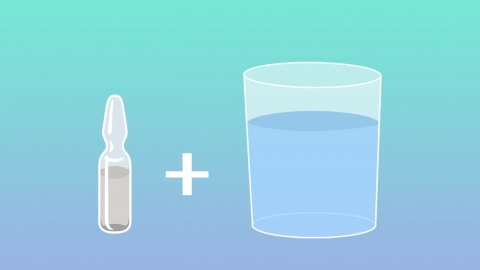How to address dehydration in patients with heatstroke
To address dehydration in patients with heat stroke, intravenous infusion of electrolyte solutions, oral rehydration salts, nasal feeding for hydration, local mucosal moisturization, and combined cooling and hydration measures are generally used. A detailed explanation is as follows:

1. Intravenous Infusion of Electrolyte Solutions: For patients with severe dehydration who are unable to take fluids orally, intravenous infusion of electrolyte solutions containing sodium, potassium, and other components can rapidly replenish water and electrolytes, correct dehydration, and maintain internal balance.
2. Oral Rehydration Salts: Patients who are conscious and have normal swallowing function should drink oral rehydration salts in small amounts multiple times according to the recommended dilution ratio. This can replenish both water and lost electrolytes, avoiding imbalances that may result from water intake alone.
3. Nasal Feeding for Hydration: For patients with impaired consciousness who still require hydration, medical staff may administer appropriate amounts of warm water or nutritional liquid through a nasogastric tube. This approach hydrates the patient while reducing the risk of coughing and aspiration.
4. Local Mucosal Moisturization: Use moist cotton swabs to wipe areas such as the patient's mouth and lips to keep mucous membranes moist, alleviate dryness and discomfort, and indirectly help relieve localized discomfort caused by dehydration.
5. Combined Cooling and Hydration: During physical cooling, simultaneously replenish fluids intravenously to reduce bodily fluid consumption through cooling while replacing lost body fluids, thereby synergistically addressing dehydration.
When addressing dehydration in heat stroke patients, an appropriate method should be selected based on the patient's condition, with priority given to following medical advice and avoiding giving water without authorization. The patient's condition should be closely monitored during the process; if symptoms such as vomiting or changes in consciousness occur, promptly inform medical staff to adjust the treatment plan, ensuring safe and effective hydration.





